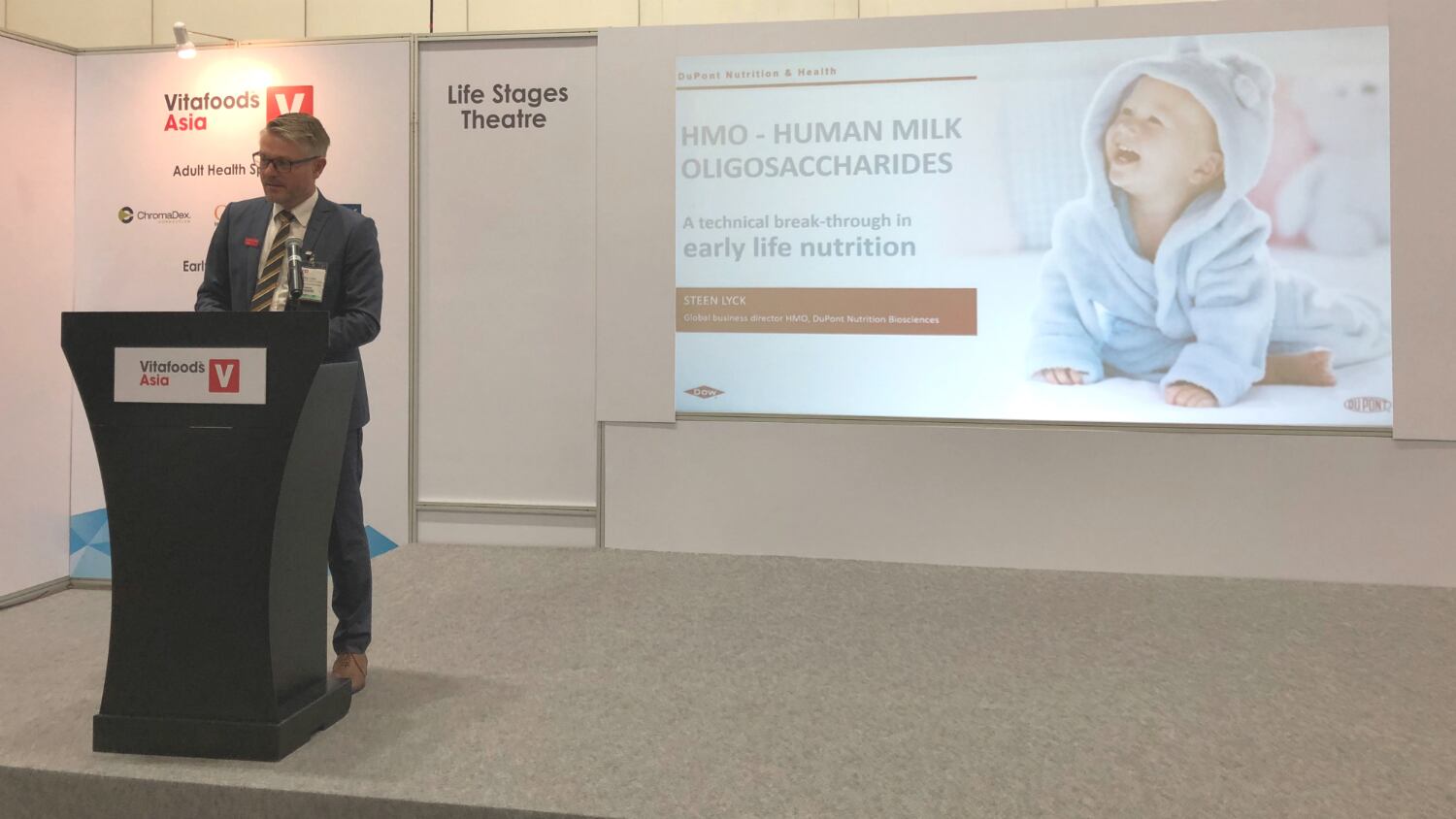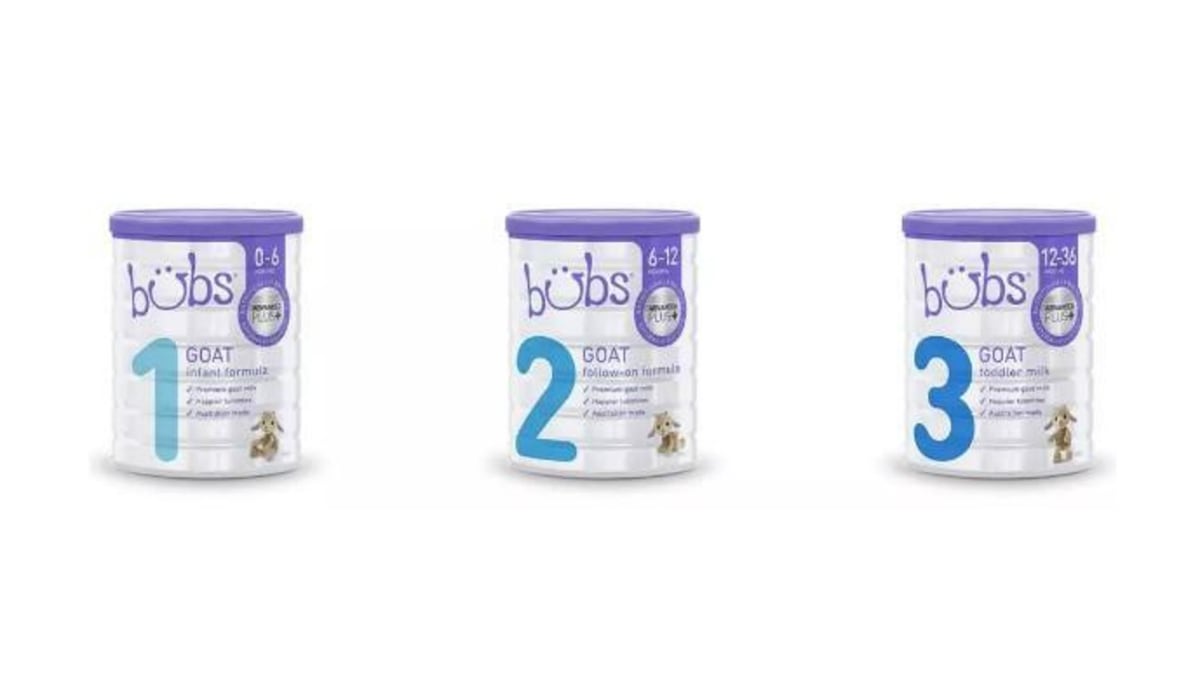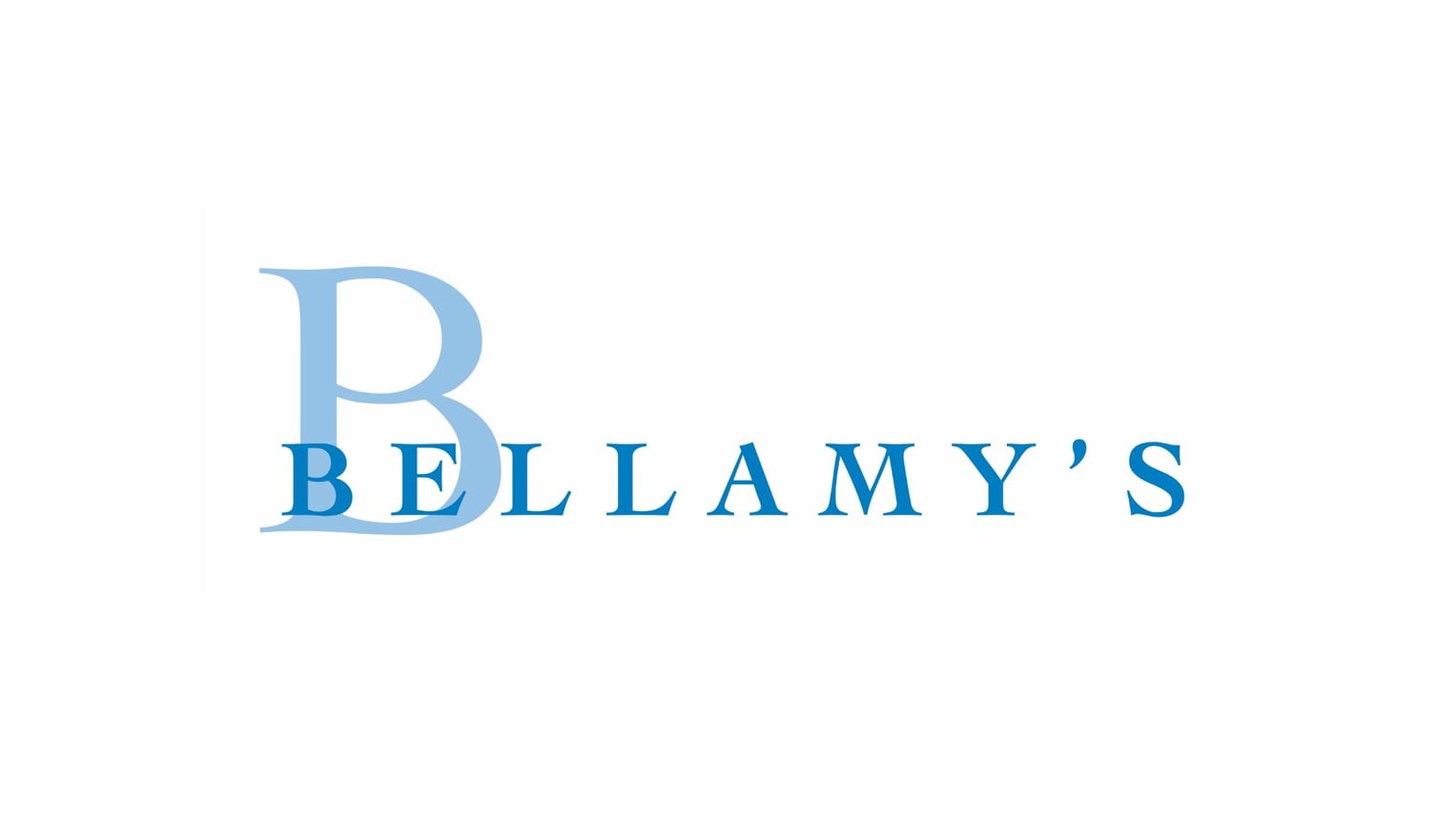That was the sentiment expressed by DuPont's global business director for HMOs, Steen Lyck, who was speaking to NutraIngredients-Asia at the recent Vitafoods Asia trade show in Singapore.
Lyck had earlier presented findings from clinical trials on human milk oligosaccharides (HMOs) and their health benefits at the show's Life Stages Theatre, where he emphasised that HMOs were still considered a novel ingredient and that DuPont was keen to explore their potential for both infant and adult nutrition.
Regulating the process
He said, "Different countries have different rules in terms of regulatory approval (for HMOs). In the US, FDA approval is for levels of around 2.4g of HMOs per litre of breastmilk, which is identical on average to the levels in human breastmilk.
"In Europe, regulators have chosen a different route. They prefer looking at what kind of clinical studies have been conducted, and use them as a reference for safe levels of HMOs to be recommended for inclusion in infant formula. The approved levels are approximately half of what is present in human breastmilk.
"There are clinical studies with lower dosages and others with higher dosages. Some studies show health benefits even with lower dosages, but with dosages closer to those in human breastmilk, of course you get more pronounced effects.
"My recommendation is to use a level that is as close to human breastmilk as possible, but we are aware the limit is still subject to regulatory approval."
Although commercially produced HMOs are structurally identical to those found in human breastmilk, they are still considered a novelty ingredient added primarily to infant formula, meaning regulatory demands in this area are especially strict.
Regulations also vary greatly across the APAC region, with some countries having defined regulatory processes and others having no such process.
Lyck said DuPont was working with regulators in different countries, adding: "For countries with no defined regulatory process, we are trying to assist the regulators in defining one for HMOs.
"Every country and region has its own rules, so we have to determine what makes commercial sense for us to be spending our resources and energy on, as well as where there is a defined regulatory process and where there is no defined process.
"Countries like Japan and South Korea have a lengthy process, while other countries are still trying to define a process, and yet others are accepting either EU novel food or USFDA GRAS approval standards.
"One of the advantages we have as an MNC is a strong network of regulators, which means, for instance, that what we learn in Europe, we can use in South America, and what we learn in South America, we can in turn use in South East Asia."
Resources for research and education
DuPont has invested heavily in research into HMOs with the aim of not just gaining regulatory approval, but also being able to commercialise them for use in finished products.
Lyck said, "There have been more than 130 HMOs identified in human breastmilk, every one of them present for a reason and health benefit, and we are now still learning what those benefits are.
"2'-FL (2'-Fucosyllactose) is the most abundant of these HMOs, and because of this, has attracted the most commercial interest and has been pushed forward for regulatory approval.
"We can see that HMO-containing products are performing well, and that is a form of commercial motivation for us. It is seen as one of the greatest breakthroughs in infant formula and early-life nutrition, so there is a lot of interest.
"But we also recognise there is a lot of education still needed, and that's part of our responsibility. A lot of it is about educating paediatricians. Mothers will listen to what their doctors say, so I don't think the way forward is to produce TV commercials showing happy babies being fed HMO-enriched infant formula.
"It's to teach mums who cannot breastfeed, to show them there is an alternative, and they can get the information they need from their paediatricians."
As examples, he mentioned Nestlé and Abbott, MNCs that have spent plenty of resources on educating paediatricians — to a significant degree of success: "Today, you can't open a paediatric journal without seeing an article about the benefits of HMOs, and you can see that the products are performing well in the market."
He added that this positive performance was taking place despite the lack of marketing, since in many countries, companies were not permitted to market the health benefits of infant formula or make health claims on their product packaging.
DuPont plans to stay ahead of the game by continuing to invest in research that will allow them to prepare for the future, particularly in what Lyck refers to as 'next-generation' science and ingredients.
To do so, the firm intends to go beyond simply catering to market trends, and explore ingredients and technologies that have yet to be commercialised.
Lyck said: "We have been in early life nutrition for over 50 years — we've developed special proteins for infant formula, specialty hydrocolloids for anti-reflux in infants, prebiotics, probiotics, emulsifiers and enzymes…a lot of different ingredients for decades.
"What we are doing now is investing heavily in microbiome science. We've been very vocal about our belief that there's much to gain from it, and we are currently investing in next-generation HMOs, prebiotics, probiotics, and post-biotics — beyond what has already been commercialised."




